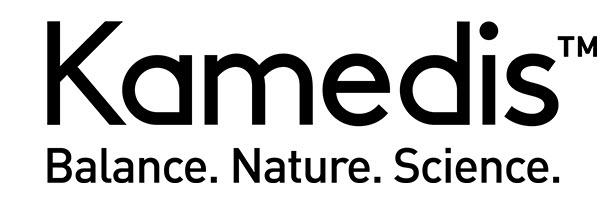Which Type of Acne Are You Fighting?
Curious as to which acne you have? Check out the list below to find out!
"Acne is the most common skin condition in the United States, affecting up to 50 million Americans annually. Acne usually begins in puberty and affects many adolescents and young adults. Approximately 85 percent of people between the ages of 12 and 24 experience at least minor acne." -American Academy of Dermatology
You're not alone! Acne is far from being uncommon. We made this list below of different types of acne so you can make smart and informed decisions about acne treatment!
Comedo: These are clogged hair follicles in the skin and can be open (blackhead) or closed by skin (whitehead). They are clogged from oil and dead skin blocking the follicle. The best way to tackle this kind of acne is to use acne products that are oil-free and to take care not to over exfoliate. Over exfoliation can irritate the skin even more and make the condition worse.
Whiteheads: Clogged pores that remain below the skin and are not inflamed. They appear as either a small, flesh-colored bump on the skin or a raised bump with a white head. This is a type of comedo (same advice for skincare).
Blackheads: Blackheads are comedones that are open to the surface of the skin. They appear black or dark brown in color, which is caused by oil’s reaction to air. This is a type of comedo (same advice for skincare).
Papules: Appearing as small, red, purple or pink bumps on the skin, papules are whiteheads or blackheads that have become inflamed. Sometimes they hurt and are sensitive to the touch. They have no visible fluid. Picking or squeezing papules can make the inflammation worse and may lead to scarring and infection.
Pustules: Another version of an inflamed pimple, a pustule is a bulging patch of skin that’s full of a yellowish or whitish pus. Avoid “popping” pustules because this can make the acne worse and lead to scarring.
Nodules: Nodules are firm to the touch and can be skin colored or inflamed and not usually filled with pus. They develop deep within the skin and can take a much longer time to go away than the other forms of acne. Do not pop or squeeze them, as this can push bacteria further into the pores, perpetuating inflammation. Acne nodules can’t be treated with OTC products alone.\
Cysts: Cysts are large, pus-filled lesions that look similar to boils. Like nodules, cysts develop deep beneath the skin’s surface and can’t be treated with just OTC products. They are larger than other types of acne, and are sensitive to touch. People who have cysts and nodules are considered to have more severe acne.
Acne Conglobata: This is one of the more severe types of acne. It is caused by linking nodules and cysts under the skin’s surface. It can affect not only the face but also the body – chest, arms, neck, back, etc., often causing scarring. This type of acne isn’t very common and can be genetic.
Acne Rosacea: Acne rosacea is seen as a red rash and small red bumps that usually covers the nose, cheeks, forehead and chin. It can be easily mistaken for rosy cheeks or easy flushing. It usually effects Caucasians with fair skin.
